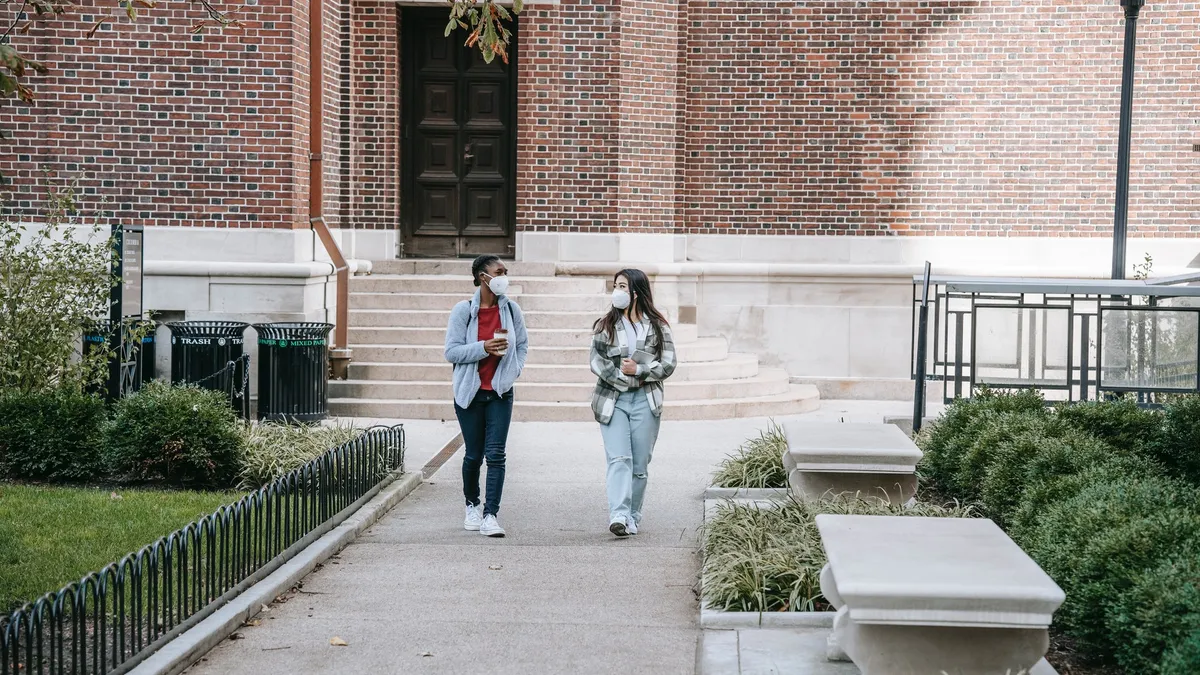The higher education sector didn't get a reprieve from the enrollment losses that defined the fall term, new data shows. Instead, the numbers from the National Student Clearinghouse Research Center found a few enduring trends.

Public two-year schools again reported the steepest enrollment declines of all institution types this spring. In all, colleges reporting to the Clearinghouse brought in roughly 600,000 fewer students this spring compared to a year ago, a figure that includes graduates and undergraduates. That's more than the 460,000-student decrease between the falls of 2019 and 2020.

As with the fall, declines in undergraduate enrollment drove the sector's overall downward trend. These losses were most significant at community colleges, though not all states experienced them equally. Connecticut, Louisiana, New Mexico and Pennsylvania each posted a decrease in public two-year enrollment in excess of 15% from spring 2020, while Utah and Nebraska recorded small gains, the Clearinghouse found.

Graduate programs again posted increased enrollment. Observers have said this could be in part because more of these programs were online prior to the pandemic, compared to undergraduate programs. Analysts project graduate programs will continue to grow and be a major factor in colleges' revenue diversification strategy going forward.

Students ages 18 to 24 enrolled at a lower rate this spring than they did a year ago, Clearinghouse data shows. Their older classmates were more likely to enroll, though they account for a smaller share of total enrollment than their younger classmates. Public two-year schools saw the most significant declines among younger students. Other recent data suggests the losses at community colleges were concentrated among low-income students and those from groups that have historically been underrepresented in higher education.

The pandemic is exacerbating a trend in recent years of fewer men enrolling in postsecondary education. Experts say men may be deterred from pursuing college earlier in their education or think they have viable alternatives. Men may also feel more compelled than women to work during the pandemic to support their families, one expert told The Hechinger Report recently. Shorter-term credentials could be one option for this group, the publication noted, though the latest Clearinghouse data shows the steepest declines at community colleges, which offer more such programs. (Men and women were the only gender categories included in the report.)

Clearinghouse data on transfer enrollment this spring shows declines worsening from last spring, with one exception. More students moved from two-year to four-year colleges. However, the overall 10% year-over-year decline in the number of students changing schools is the steepest of any pandemic-era term and outpaces the 6.5% total decrease in nontransfer enrollment.















